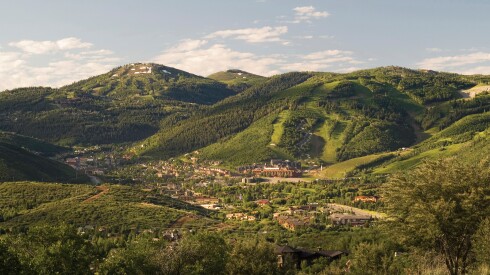Arctic communities have lived in the world’s northernmost region for nearly 30,000 years, continually adapting to one of the most challenging environments on the planet. Today, the Arctic Circle is home to 4 million people whose traditional ways of life are being increasingly threatened as a result of rising temperatures, shifting weather patterns, shrinking sea ice, and mounting sea levels—all caused by climate change.
An upcoming exhibition at London’s British Museum spotlights the region through the eyes of its contemporary inhabitants, whose home, according to studies by the United Nations Intergovernmental Panel on Climate Change (IPCC), is warming faster than anywhere else on the planet.
On view from May 28 through August 23, 2020, Arctic: Culture and Climate will examine the drastic impacts of global climate change from the perspective of communities in the Arctic, which scientists predict will be ice free in 80 years. The exhibit, billed as the “largest and most diverse” group of objects from the circumpolar regions ever to be shown in the United Kingdom, will also outline how these communities have adapted to climate variability in the past. It marks the British Museum’s first major exhibition of the history of the Arctic and its people, who live across the northern reaches of Russia, Canada, the United States, Denmark (Greenland), Iceland, Norway, Sweden, and Finland.

The British Museum exhibit includes rare objects such as an Inughuit sledge made of bone, ivory, sealskin, and driftwood, sourced from Greenland in 1818.
Courtesy of © Trustees of the British Museum
Only 10 percent of Arctic inhabitants—about 400,000 people—are indigenous to the region, belonging to one or more of 40 cultural groups including the Sámi peoples (northern Europe), the Gwich’in (Alaska and Canada), and the Inuit groups (Canada and Greenland), among many others. “The exhibition will show the great diversity of cultures and ingenuity of communities responding to human-caused climate change,” according to a statement from the British Museum, with key objects that include jewelry carved from walrus and mammoth ivory; unique tools such as an Inughuit (Greenlandic) sled made from narwhal and caribou bone and driftwood; and “artworks reflecting the respectful relationship between Arctic people and the natural world.”
For Arctic: Culture and Climate exhibit curator and Arctic culture specialist Amber Lincoln also collaborated with various indigenous communities from the region to include their personal testimonies and perspectives. In one section, for example, Lincoln invited community leaders from the Inupiat Eskimo village of Shishmaref, Alaska, to oversee a display highlighting local efforts to mitigate coastal erosion and flooding. The exhibition will also showcase contemporary photography by the award-winning photographer Kiliii Yuyan (among others) in addition to “rare 28,000-year-old archaeological finds that were excavated from the thawing ground in Siberia,” which are, according to the museum “incredibly well-preserved.”
The British Museum has come under growing public pressure for its ongoing partnership with BP, a multinational oil and gas company named as one of the world’s largest contributors to greenhouse gas emissions. While the upcoming Arctic exhibition will not be sponsored by BP, it will be supported by Citibank, one of the 17 banks that financed the Dakota Access Pipeline in the United States in 2016. Amid growing scrutiny last year, the British Museum’s director, Hartwig Fischer, defended BP’s sponsorship as “vital” to the institution’s educational mission, which in the case of the Arctic exhibition, includes promoting awareness of climate change.
“We have all contributed to these changes living as citizens of the Earth, in one way or another,” Fischer said. “We are all exposed to the challenges and have to think together, how to find the right solution, to mitigate the effects of these changes.”
“Arctic: Culture and Climate” is on view from May 28 through August 23, 2020, at the British Museum, open daily 10 a.m. to 5:30 p.m. (Fridays until 8:30 p.m.). Exhibition entry is timed, and advanced booking is recommended for a ticketed time slot. Admission $22 for adults and seniors; $19 for students. Children under 16 free when accompanied by a paying adult.
>>Next: A Captivating Look at One of the World’s Last Wild Frontiers











